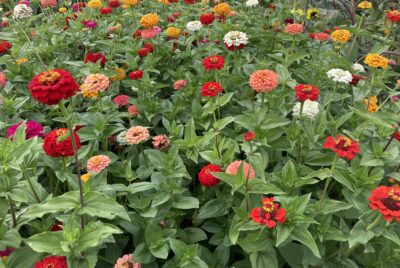RESEARCH
Sustainability Capacity of a Vegetable Gardening Intervention for Cancer Survivors
Summary
This study looked at whether a year-long vegetable gardening program called Harvest for Health could encourage lasting healthy habits for cancer survivors. The program matched each cancer survivor with a trained gardening mentor and provided supplies so they could grow vegetables at home. The goal was to see if participants would keep gardening after the program ended, which could help improve their diet, physical activity, and well-being. The researchers also asked community leaders and health professionals involved in the program whether they thought it had the ability to continue and grow over time.
The results were very encouraging. About 86% of the cancer survivors kept gardening a full year after the program, and nearly half expanded their gardens. Some even became certified Master Gardeners themselves. Community leaders rated the program highly on its ability to last, though they noted that finding stable long-term funding is an area to improve. Overall, this simple gardening program showed strong potential to help cancer survivors maintain healthy habits and to continue as a community-supported project.







